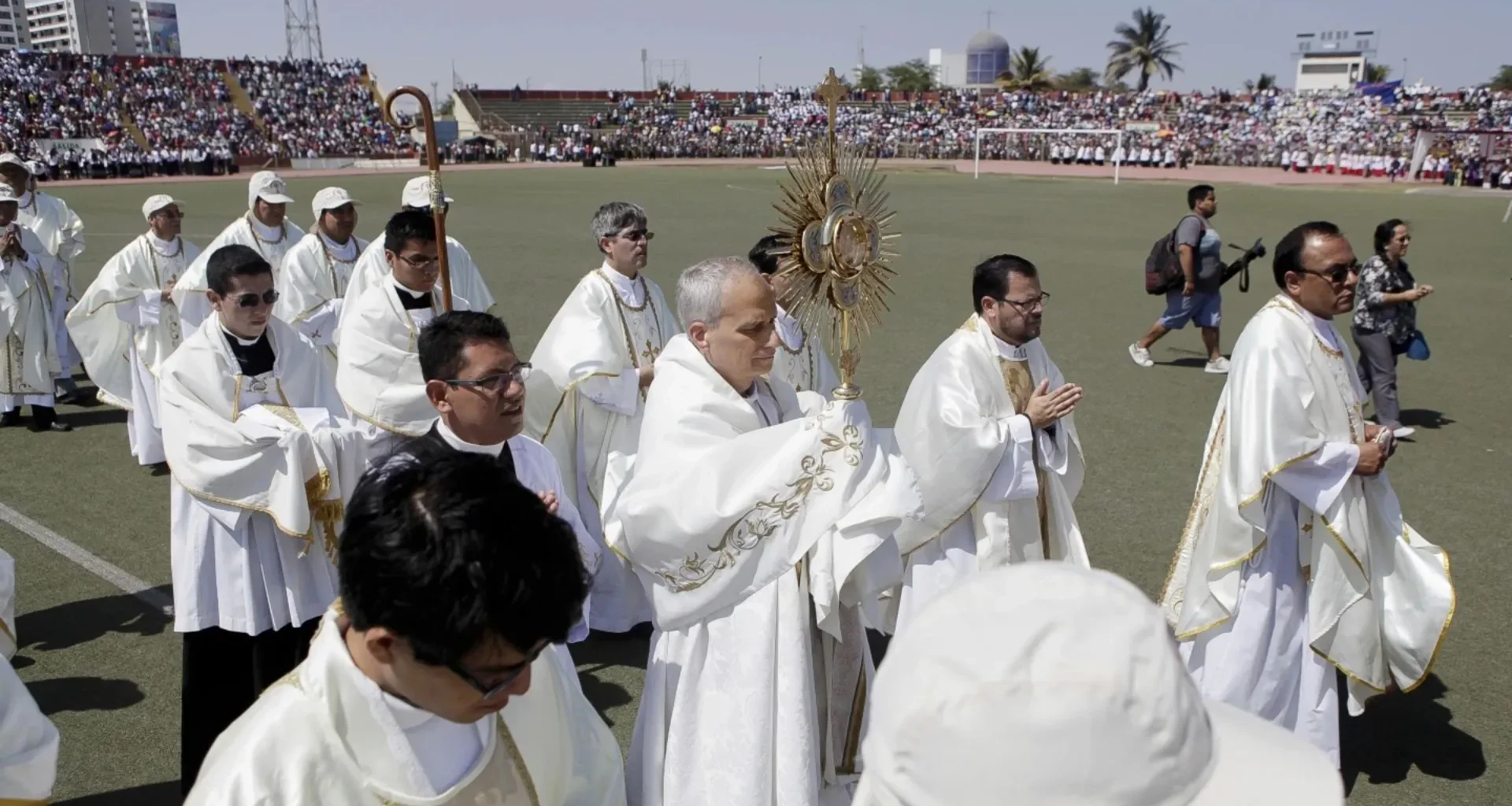The Vatican, reliant on donations and income from museums and real estate, is reportedly struggling with a budget deficit. Donations like Peter’s Pence have declined significantly, and internal contributions have fallen. With thousands of properties largely undervalued or unused for income generation, experts say the Vatican could boost revenue by better managing or selling assets. Pope Leo XIV faces the challenge of revitalizing funding streams to support the Catholic Church’s global mission.
The Vatican, the world’s smallest country, faces a significant budget shortfall. Unlike most nations, it doesn’t collect taxes or issue bonds. Instead, it relies on donations, income from the Vatican Museums, investments, and a largely underperforming real estate portfolio to fund the Catholic Church’s central government, according to an Associated Press report published on Saturday.
Vatican’s Budget and Funding Challenges
According to the report, the last published consolidated budget in 2022 projected revenues of 770 million euros ($878 million), mainly spent on embassies and Vatican media. However, the Holy See has struggled to cover costs in recent years.
Declining Donations Impact Vatican Finances
Donations, a primary source of Vatican funding, have reportedly been shrinking. The two main donation streams are annual fees paid by bishops worldwide and the Peter’s Pence collection, a special annual fundraising event. According to Vatican data, US bishops contributed over one-third of the $22 million collected annually from 2021-2023, while individual Catholics in the US gave an average $27 million to Peter’s Pence in the same period—more than half the global total, as reported by the AP.
However, overall Peter’s Pence contributions have plummeted from a peak of $101 million in 2006 to $47 million during the first year of the COVID-19 pandemic. Donations have remained low amid scandals, such as the failed investment in a London property, which revealed that much of Peter’s Pence funds were used to cover Vatican budget shortfalls rather than papal charity initiatives, the report said, noting a slight rise in Peter’s Pence donations in 2023, with expectations for further growth following papal elections.
Internal Contributions and Challenges
The Vatican bank and the governorate (which manages the museums) also contribute to the pope’s budget. A decade ago, the bank gave around 55 million euros annually, but it gave nothing specifically in 2023 despite a net profit of 30 million euros, according to the AP report. The governorate’s contributions have also reportedly declined, raising concerns among Vatican officials about the credibility of asking donors for generosity when internal funding is shrinking.
Rev. Robert Gahl, director of the Church Management Program at Catholic University of America’s business school, emphasized the challenge of attracting donations from outside the US, especially given Europe’s relatively weaker culture of individual philanthropy. He urged a shift from a “mendicant mentality” toward encouraging Catholics to view the Church as an investment project. Speaking after Pope Leo XIV’s installation, Gahl remarked, “Don’t you think there were a lot of people there that would have loved to contribute to that and to the pontificate?” per AP.
Untapped Real Estate Potential
The Vatican owns thousands of properties—4,249 in Italy and 1,200 more across London, Paris, Geneva and Lausanne. Yet only about 20% are rented at fair market value, generating just 35 million euros ($39.9 million) in 2023. About 70% of the properties house church offices and generate no income; the remaining 10% are rented at reduced rates to employees, per AP report.
Financial analysts view this undervalued real estate as a major potential revenue source. Ward Fitzgerald, president of the US-based Papal Foundation, suggested the Vatican should consider selling costly, underperforming properties. For example, the Vatican recently sold its Tokyo embassy property for redevelopment. However, there is institutional resistance to selling properties, especially those tied to church missions, as seen in the 2021 decision to retain the Fatebenefratelli Catholic hospital in Rome despite financial difficulties.
“They have to come to grips with the fact that they own so much real estate that is not serving the mission of the church,” AP quoted Fitzgerald as saying.
Read More
